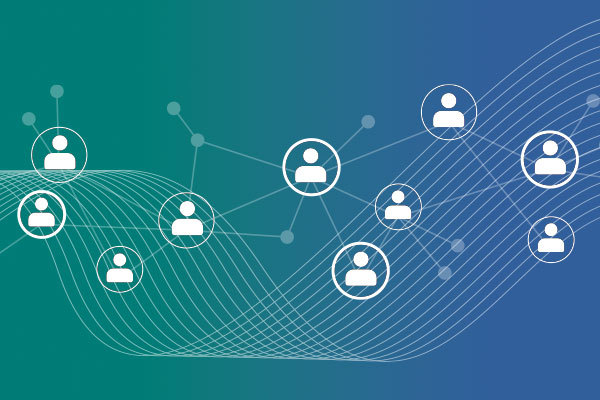Why Pricing is a Key Component of Customer Experience
By Frank Borovsky
Feb 23, 2023
Table of Contents
In part two of his examination of customer experience and customer lifetime value, Salesforce’s Frank Borovsky examines the critical role that price has to play, particularly in a new age in which customers expect frequent, dynamic price changes. Read part one "Critical Calculations for Customer Experience in 2023" here.
Why is Customer Lifetime Value (CLV) Important?
Computing CLV is important because what you quickly find is that not all customers are equally valuable to your company over time. In fact, when you array them on a scatterplot, not only will you find a distinct difference in their profitability, you may actually discover that some so-called “good” customers are a drain on your resources as well as your bottom line.
Once you have conducted the exercise, you can start to rank your existing customers from highest to lowest and segment them into tiers.
Why would you do this? To distinguish the customer experience and subsequent behaviors of your best customers and motivate and incentivize those lower in the ranks to a higher level.
How? The incentive used by most companies is pricing, either through tiered pricing, discounts, or rebates. Essentially, the more you buy, the greater the net price.... and the lower your company’s margins. In addition (or as a substitute), there may be a vast array of non-price incentives, ranging from free shipping (actually another form of pricing, but sometimes considered a service) to “white glove” customer service hotlines to marketing co-op dollars, product promotions, sample merchandise.... the list goes on.
Once these tier thresholds are set, they are often embodied in customer agreements. Unfortunately, in many cases, these are informal handshake deals that are never actually codified. Big mistake!
If these “agreements” aren’t written, monitored and reviewed on a regular basis then you often find that one or the other party (or both) aren’t living up to their expected commitments. Moreover, unless the current status of the account (usually measured in sales revenue) relative to their tier threshold is constantly and immediately available to the customer, especially when they are considering a purchase, then the loyalty program is not encouraging the very behavior it was set out to achieve.
Why does CLV matter to you as a current or potential customer of Zilliant?
When I went to business school, we learned a mantra: Of all the 5 P’s (product, price, promotion, place, people), the only one you should never tamper with was pricing. In fact, in one exam, that was the only question.
We got it hammered home again and again that pricing was the most dangerous thing to change. That if it were done wrong, customers would head out the door and never come back. If that was ever the case, then it has certainly changed based upon inflation, supply chain woes and above all, current market dynamics. Pricing resiliency is going to be required for the foreseeable future.
As a result of the pandemic and the barrage of supply chain woes, material availability, order management, S&OP and demand planning, all have been challenged. Historical supply and demand trends don’t apply any more.
Consequently, from a supply chain standpoint, unless your business has been miraculously spared, every product should be treated as “new.” What does that mean? It means that whatever expectations you had historically about how many orders you were going to get, how much inventory you should have on hand, how many widgets you should build, should be revisited...as though you were introducing that widget as a brand-new product.
The object is to sell your widgets to your best (meaning highest CLV) customers first—before everyone else and to optimize the margin you can get from those customers. In today’s inflationary times, if you’re not doing that, you’re leaving money on the table.
In summary, the customer experience should be differentiated based upon a formal evaluation of CLV. And that means relooking at your customer base and relooking at your pricing. The harsh reality is that not all customers are created equal. Some buy more than others. Some have a higher cost to serve.
If you don’t already know the CLV of every customer, you should start now. Because once you have a widget to sell, if you have any constraints whatsoever in your production, you should be figuring out to whom you will be offering that widget....and at what price. Fortunately, Zilliant has a way to make that happen! They provide the price optimization and management tools in hand to determine what those customer tiers should be, and to reset them periodically if appropriate.
Contact a Zilliant pricing expert to learn how to maximize margin from your most valuable customers.



